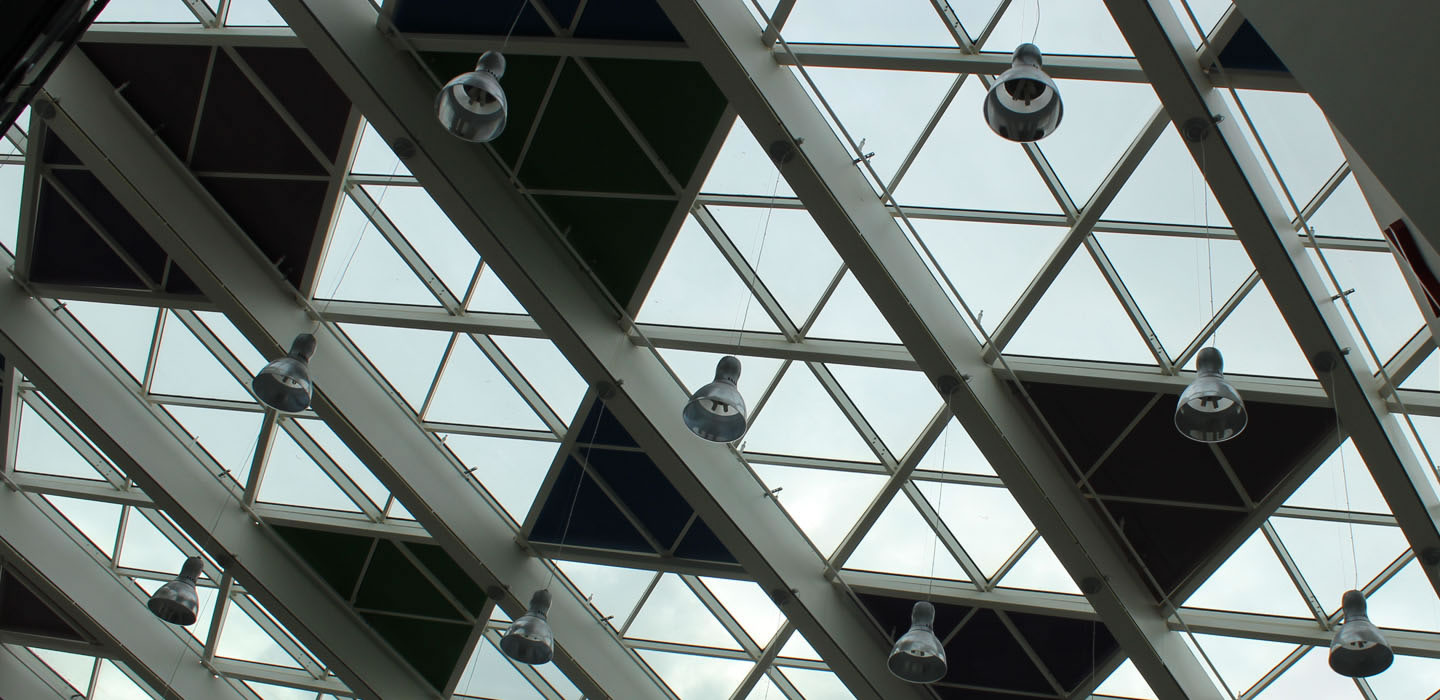The Centre for Window and Cladding Technology (CWCT) is an organisation that sets standards for facade construction. This UK-based company, founded in Bath in 1989, has played a pivotal role in the construction industry by setting benchmarks for facade engineering. Beyond testing (which we’ll come to later), the CWCT offers a wealth of technical information.
FACETS (Fenestration and Cladding Engineering Technology Scheme), for example, was originally published in 2002 and is now an online resource comprising over 100 topics across fourteen packages, all focused on best practice within the facade sector.
Learn more about current CWCT standards with Pops Facades!
What is CWCT Testing?
CWCT procedures are designed to evaluate the performance of building facades, with a primary focus on windows and cladding systems. The tests originate from the guidelines established by the CWCT. The standards cover:
Water resistance (watertightness)
CWCT recognises three core approaches to assessing water tightness: static pressure chamber testing (often in accordance with EN methods), dynamic water testing (using a fan/aero engine, or a spray bar), and targeted site hose testing of joints.
- Static water tests: These involve wetting the facade while applying staged pressure to check for leakage paths through interfaces and fixings.
- Dynamic water testing: This test involves using a reduced spray rate with fluctuating pressure to simulate wind-driven rain.
- Hose testing: Site hose tests are conducted on sealed (closed) joints, with water being worked across the joints to a defined timing pattern.
When combined, these methods verify both design intent and installation quality before handover.
Wind load testing
CWCT wind resistance assessments distinguish between serviceability and safety. In practice, laboratory sequences apply staged positive and negative pulses to the agreed-upon serviceability pressure (commonly around a project’s design wind load), followed by a short-duration safety pulse typically set at a higher value. The UK experiences strong winds, especially in coastal areas, so serviceability and safety are an incredibly important part of testing.
Impact resistance testing
Impact resistance testing verifies that a facade system can withstand everyday knocks without loss of function (serviceability) and, separately, that a rarer, heavier impact will not create a hazard to people’s safety. CWCT formalises both aspects in its Technical Notes: TN 75 (how to specify the required performance) and TN 76 (how to test it). Laboratory tests include a soft-body impact to simulate human or maintenance contact, and a hard-body impact to represent sharp, localised strikes (e.g., dropped tools). Results are, again, judged on two fronts: safety and serviceability.
Air permeability testing
Air permeability testing assesses how much air passes through a curtain wall when a pressure difference is applied across it. The laboratory method is defined by EN 12153, which tests both infiltration (air driven into the building under positive pressure) and exfiltration (air drawn out under negative pressure). Uncontrolled air leakage is a major source of heat loss, so testing is a way to demonstrate that the curtain wall’s airtightness supports the building’s energy targets.
Why is CWCT Testing important?
CWCT standards ensure the safety, performance, and durability of building facades. Ultimately, they serve as a benchmark for the quality and reliability of a building’s external envelope.
- It’s widely used in UK specifications
Architects and facade specialists routinely reference CWCT when selecting, designing and specifying rainscreen and curtain-wall systems. It’s a practical, common language across the supply chain.
- It supports safer, longer-lasting facades
The CWCT framework provides performance criteria and a basis for testing envelope systems throughout the design process. It can also contribute to occupant safety, as the standard also includes a section on fire performance at a guidance level for building envelopes.
- It reduces defects and rework
CWCT also provides site-testing guidance (e.g., hose and spray-bar tests) to check workmanship during installation. This way, teams can catch and fix leaks before handover.
Do you need cladding installation and replacement?
Do you have plans to replace legacy cladding or deliver a new facade? Pops Facades bring unitised-grade discipline to cladding packages: design coordination, RAMS and lift plans, and an in-house installation force of 100+ qualified fixers to keep programmes moving even in live, tenanted buildings.
With the option for us to act as Main Contractor, we set up and manage the whole job from surveys and value engineering through to install. Contact Pops Facades today to discuss your cladding needs.
